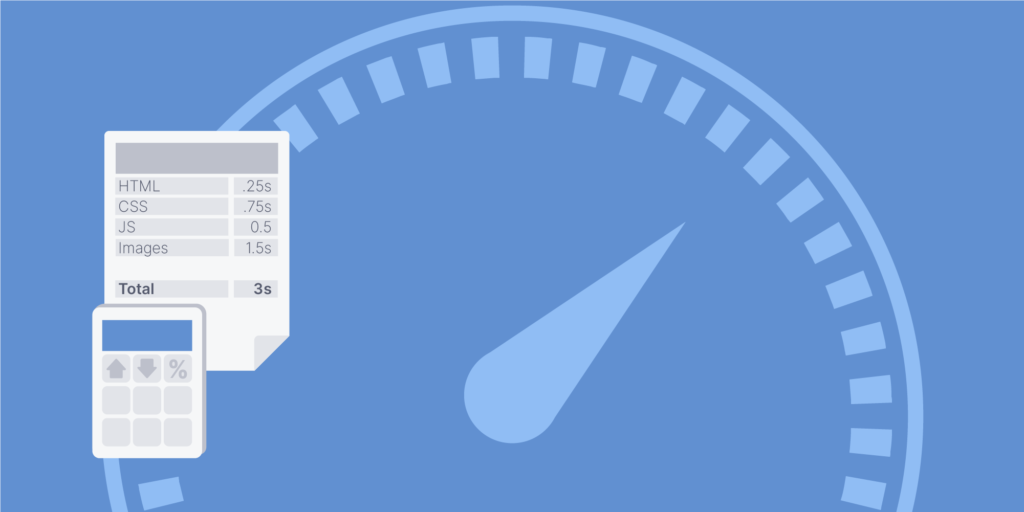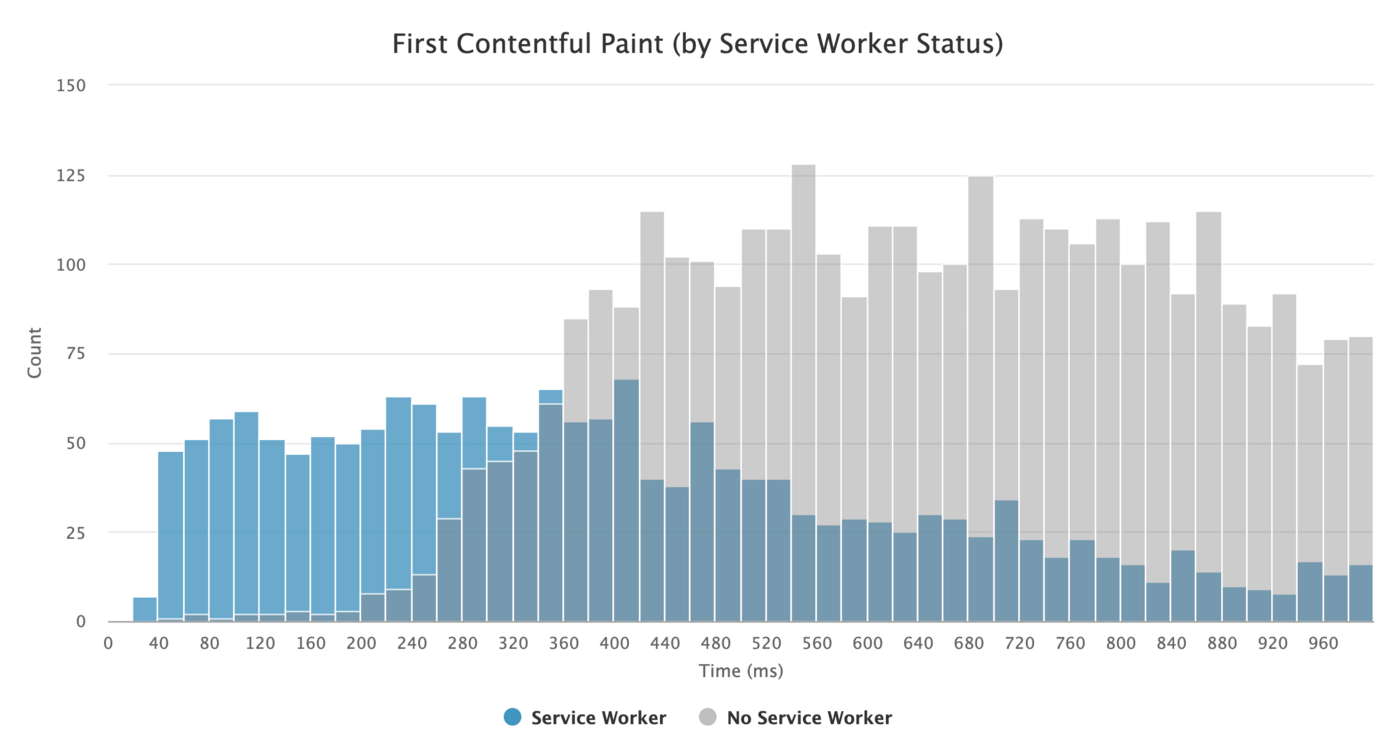
Lighthouse 6 is the first major release of the popular auditing tool since May 2019, introducing critical changes that will impact everyone relying on the scoring. This article explains the changes in the upcoming Lighthouse 6.0.0 and its scoring algorithm. Lighthouse changes how Performance Score is calculated →







